Day 1: Delhi to Chennai
- Morning: Take a direct flight from Delhi to Chennai (approx. 2.5 hours).
- Afternoon: Arrive in Chennai and check into your hotel. Visit Kapaleeshwarar Temple, dedicated to Lord Shiva, known for its Dravidian architecture.
- Evening: Explore Marina Beach and enjoy local South Indian cuisine.
- Stay: Chennai.
Kapaleeshwarar Temple (Chennai)
A stunning example of Dravidian architecture, this temple is dedicated to Lord Shiva and is renowned for its intricately carved gopurams. Devotees visit to seek blessings and admire the colourful sculptures that depict scenes from Hindu mythology.
Marina Beach (Chennai)
Relax on India’s longest urban beach. Visitors can enjoy local delicacies, stroll along the promenade, and witness the vibrant daily life of Chennai.
Day 2: Chennai to Mahabalipuram
- Morning: Drive to Mahabalipuram (~1.5 hours). Visit UNESCO World Heritage Sites, including the Shore Temple and Pancha Rathas.
- Afternoon: Explore Arjuna’s Penance rock relief.
- Evening: Return to Chennai or stay overnight in Mahabalipuram.
- Stay: Mahabalipuram or Chennai.
Shore Temple (Mahabalipuram)
A UNESCO World Heritage Site, this coastal temple is a masterpiece of Pallava architecture, showcasing the beauty of monolithic rock-cut structures. Its location by the sea offers a serene setting, making it a favourite among photographers and history enthusiasts.
Day 3: Chennai to Tirupati
- Morning: Drive to Tirupati (~3.5 hours). Visit Sri Venkateswara Temple at Tirumala, one of the richest and most revered temples in India.
- Afternoon: Explore Padmavathi Temple in Tiruchanur.
- Evening: Relax and enjoy the spiritual ambience.
- Stay: Tirupati.
Sri Venkateswara Temple (Tirupati)
One of India’s most revered temples, dedicated to Lord Venkateswara, offers an unparalleled spiritual experience. The temple is known for its elaborate rituals, including the world-famous Tirupati Laddu prasadam.
Day 4: Tirupati to Kanchipuram
- Morning: Drive to Kanchipuram (~3 hours), the “City of Thousand Temples.” Visit Ekambareswarar Temple and Kailasanathar Temple.
- Afternoon: Explore Kamakshi Amman Temple and visit local silk weaving centres.
- Evening: Drive to Pondicherry (~3 hours).
- Stay: Pondicherry.
Kambareswarar Temple
Dedicated to Lord Shiva, this is one of the Pancha Bhoota Sthalams, representing the element of Earth (Prithvi). The temple is famous for its towering Rajagopuram (entrance tower), sprawling courtyards, and the revered 3500-year-old mango tree, believed to have four branches symbolizing the four Vedas.
Kailasanathar Temple
This 8th-century temple, built by the Pallava dynasty, is the oldest in Kanchipuram. It is dedicated to Lord Shiva and showcases intricate sandstone carvings, beautiful sculptures, and a Dravidian architectural style that influenced many later South Indian temples.
Kamakshi Amman Temple
One of the 51 Shakti Peethas, this temple is dedicated to Goddess Kamakshi, an incarnation of Parvati. Unlike most temples where Shiva and Parvati are worshiped together, here the goddess is the primary deity. The temple is known for its grand golden chariot and peaceful sanctum.
Day 5: Pondicherry and Chidambaram
- Morning: Explore Auroville Ashram and Sri Aurobindo Ashram. Stroll along Promenade Beach.
- Afternoon: Drive to Chidambaram (~2 hours). Visit Nataraja Temple, dedicated to Lord Shiva as the cosmic dancer.
- Evening: Drive to Thanjavur (~3.5 hours).
- Stay: Thanjavur.
Nataraja Temple, Chidambaram
Dedicated to Lord Shiva as Nataraja, the cosmic dancer, this temple is one of the most revered Pancha Bhoota Sthalams, representing the element of Space (Akasha). Built in the Chola dynasty, the temple showcases stunning Dravidian architecture, intricate carvings, and the grand 1000-pillared hall. The temple’s unique feature is the Chidambara Rahasyam, a hidden curtain behind which Lord Shiva is believed to exist in a formless state, symbolizing the infinite cosmos.
Brihadeeswarar Temple, Thanjavur
A UNESCO World Heritage Site, Brihadeeswarar Temple is an architectural marvel built by Raja Raja Chola I in the 11th century. Dedicated to Lord Shiva, the temple is known for its massive 216-feet vimana (tower), which remains shadowless at noon. The temple houses a gigantic Nandi (sacred bull) statue, carved from a single stone, and its walls are adorned with detailed frescoes and inscriptions from the Chola period.
Day 6: Thanjavur and Trichy
- Morning: Visit Brihadeeswarar Temple, a UNESCO World Heritage Site and architectural marvel.
- Afternoon: Drive to Trichy (~1.5 hours). Visit Sri Ranganathaswamy Temple in Srirangam and Rockfort Temple.
- Evening: Relax in Trichy.
- Stay: Trichy.
Brihadeeswarar Temple (Thanjavur)
A UNESCO World Heritage Site, this architectural marvel is dedicated to Lord Shiva and showcases the grandeur of the Chola dynasty. Its massive gopuram and intricate sculptures reflect the artistic excellence of ancient Tamil Nadu.
Ranganathaswamy Temple, Srirangam
The Ranganathaswamy Temple, located in Srirangam, Tamil Nadu, is one of the most revered Vaishnavite temples and the largest functioning Hindu temple in the world. Dedicated to Lord Ranganatha, a reclining form of Lord Vishnu, the temple is an architectural masterpiece and an important pilgrimage site.
Rockfort Temple (Trichy)
Admire the panoramic views of the city from this historic temple. The temple complex houses shrines dedicated to Lord Shiva and Lord Ganesha, and climbing its 344 steps is a rewarding experience.
Day 7: Trichy to Madurai
- Morning: Drive to Madurai (~2 hours). Visit Meenakshi Amman Temple, known for its towering gopurams and intricate carvings.
- Afternoon: Explore Thirumalai Nayakkar Palace.
- Evening: Attend the evening Aarti Ceremony at Meenakshi Temple.
- Stay: Madurai.
Meenakshi Amman Temple (Madurai)
Famous for its towering gopurams and intricate carvings, this temple is a symbol of Tamil Nadu’s spiritual and cultural heritage. The temple’s daily rituals and vibrant festivals attract millions of devotees every year.
Thirumalai Nayakkar Palace, Madurai
The Thirumalai Nayakkar Palace, located in Madurai, Tamil Nadu, is a stunning example of Indo-Saracenic architecture built by King Thirumalai Nayak in 1636. Once a grand royal residence, only a portion of the original structure remains today, yet it continues to captivate visitors with its architectural brilliance.
Day 8: Madurai to Rameswaram
- Morning: Drive to Rameswaram (~4 hours). Visit Ramanathaswamy Temple, famous for its long corridors and sacred water tanks.
- Afternoon: Explore Pamban Bridge for scenic views.
- Evening: Meditate on the tranquil beaches of Rameswaram.
- Stay: Rameswaram.
Ramanathaswamy Temple (Rameswaram)
Known for its long corridors and sacred water tanks, this temple is a significant pilgrimage site for devotees of Lord Shiva. The temple’s spiritual importance is complemented by its architectural splendour.
Pamban Bridge (Rameswaram)
Enjoy scenic views while crossing this engineering marvel. The bridge connects the mainland to Rameswaram Island and is a testament to India’s infrastructural ingenuity.
Day 9: Rameswaram to Kanyakumari
- Morning: Drive to Kanyakumari (~6 hours).
- Afternoon: Visit Vivekananda Rock Memorial and Thiruvalluvar Statue.
- Evening: Watch the sunset at the southernmost tip of India.
- Stay: Kanyakumari.
Vivekananda Rock Memorial (Kanyakumari)
A serene spot where Swami Vivekananda meditated, offering breathtaking views of the ocean. The monument is a tribute to the spiritual leader and a place for introspection and inspiration.
Thiruvalluvar Statue (Kanyakumari)
A monumental tribute to the Tamil poet and philosopher. Standing 133 feet tall, it symbolizes the virtues of wealth, love, and virtue as described in his literary work, the Thirukkural.
Day 10: Kanyakumari to Trivandrum
- Morning: Drive to Trivandrum (~2 hours). Visit Sree Padmanabhaswamy Temple, the wealthiest temple in the world.
- Afternoon: Optional visits to Napier Museum and Shanghumugham Beach.
- Evening: Take a flight from Trivandrum back to Delhi.
Sree Padmanabhaswamy Temple (Trivandrum)
Renowned for its opulence, this temple is dedicated to Lord Vishnu and is one of the wealthiest temples in the world. Its intricate carvings and spiritual significance draw visitors from across the globe.
Napier Museum
Located in Thiruvananthapuram, Kerala, the Napier Museum is a renowned art and history museum showcasing Kerala’s rich cultural heritage. Built in 1880, the museum was named after Lord Napier, the then Governor of Madras. Designed in an Indo-Saracenic architectural style, the building is an architectural masterpiece featuring intricate woodwork, stained glass windows, and a natural air-conditioning system.

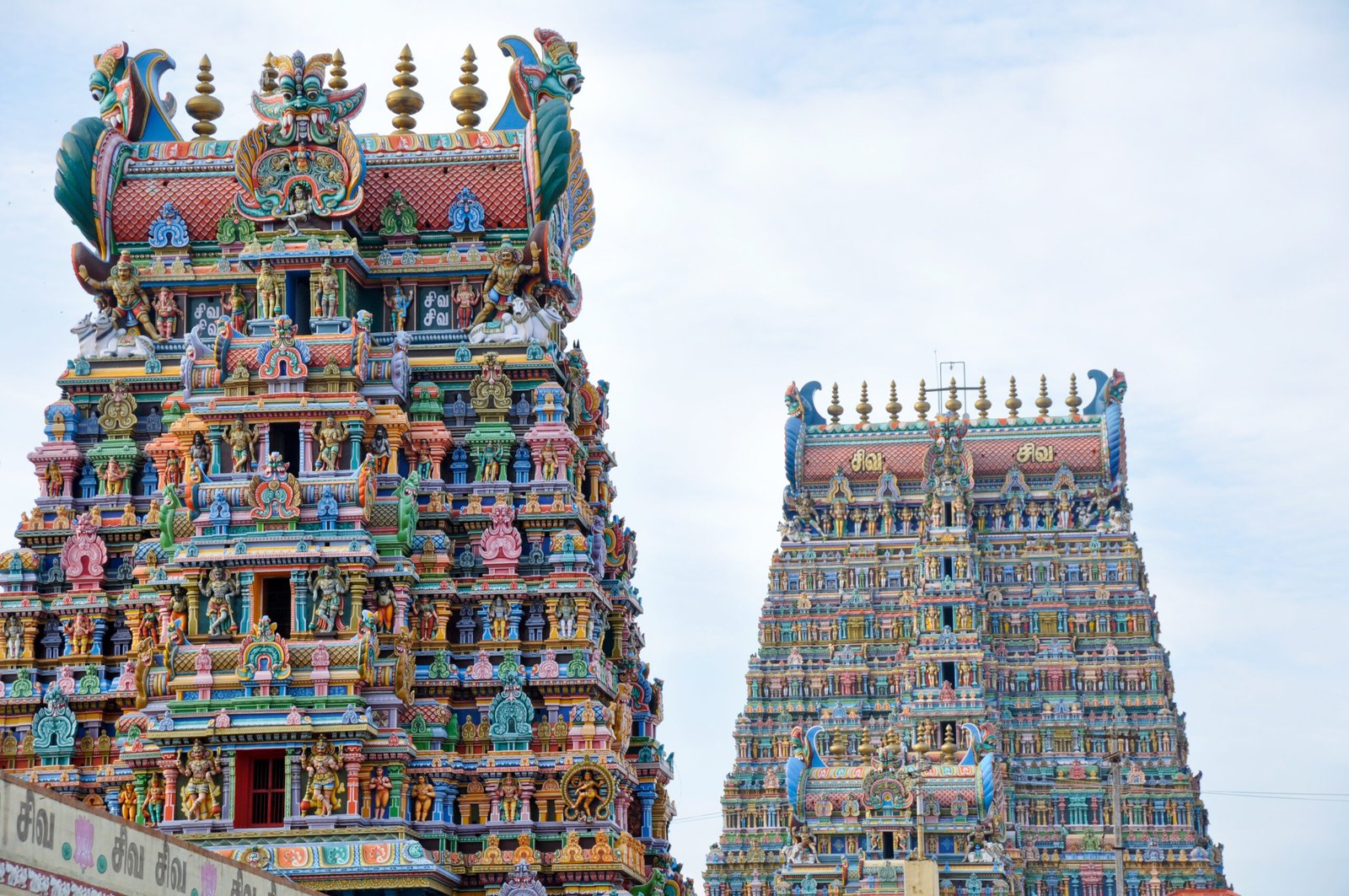
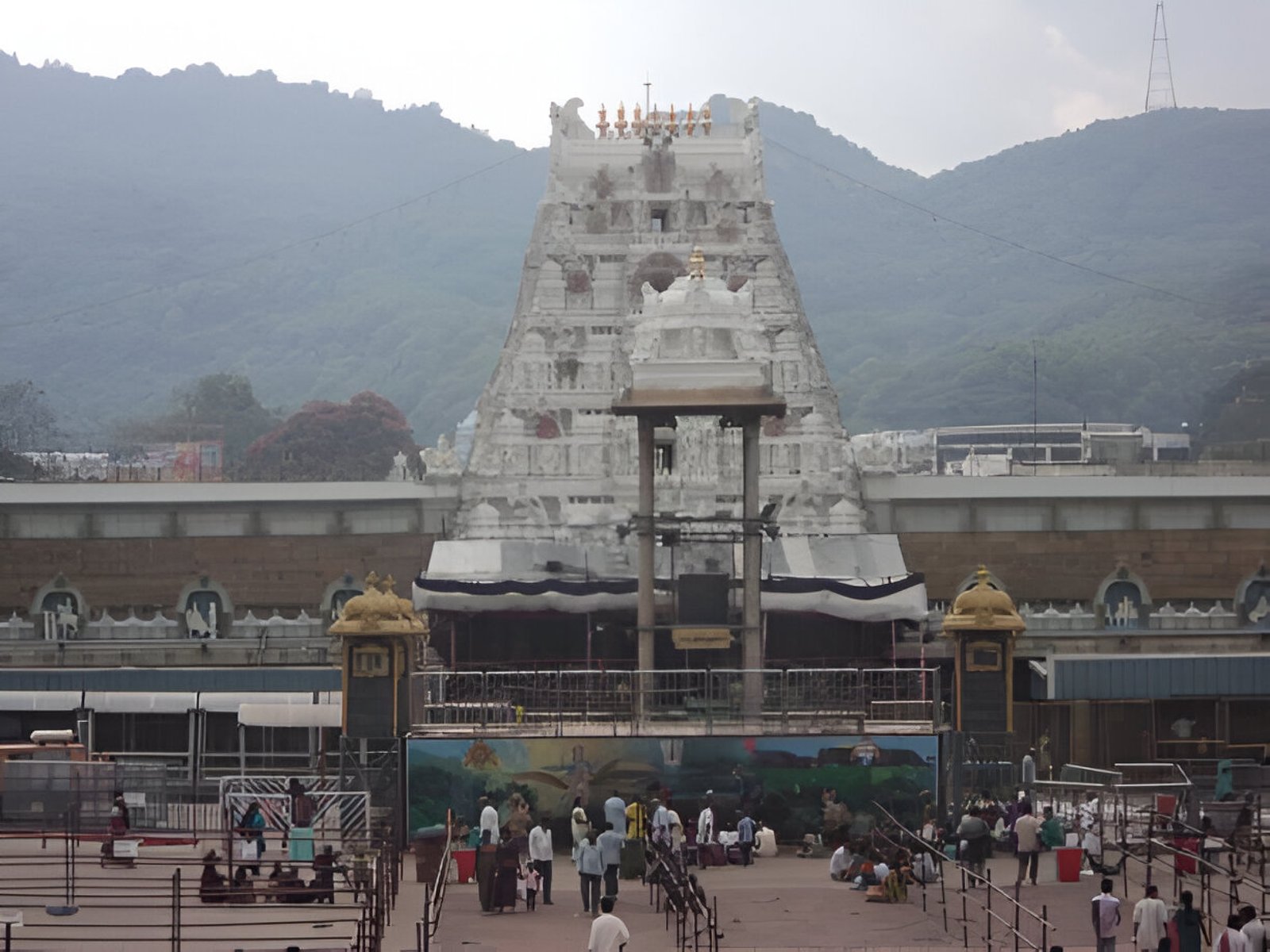

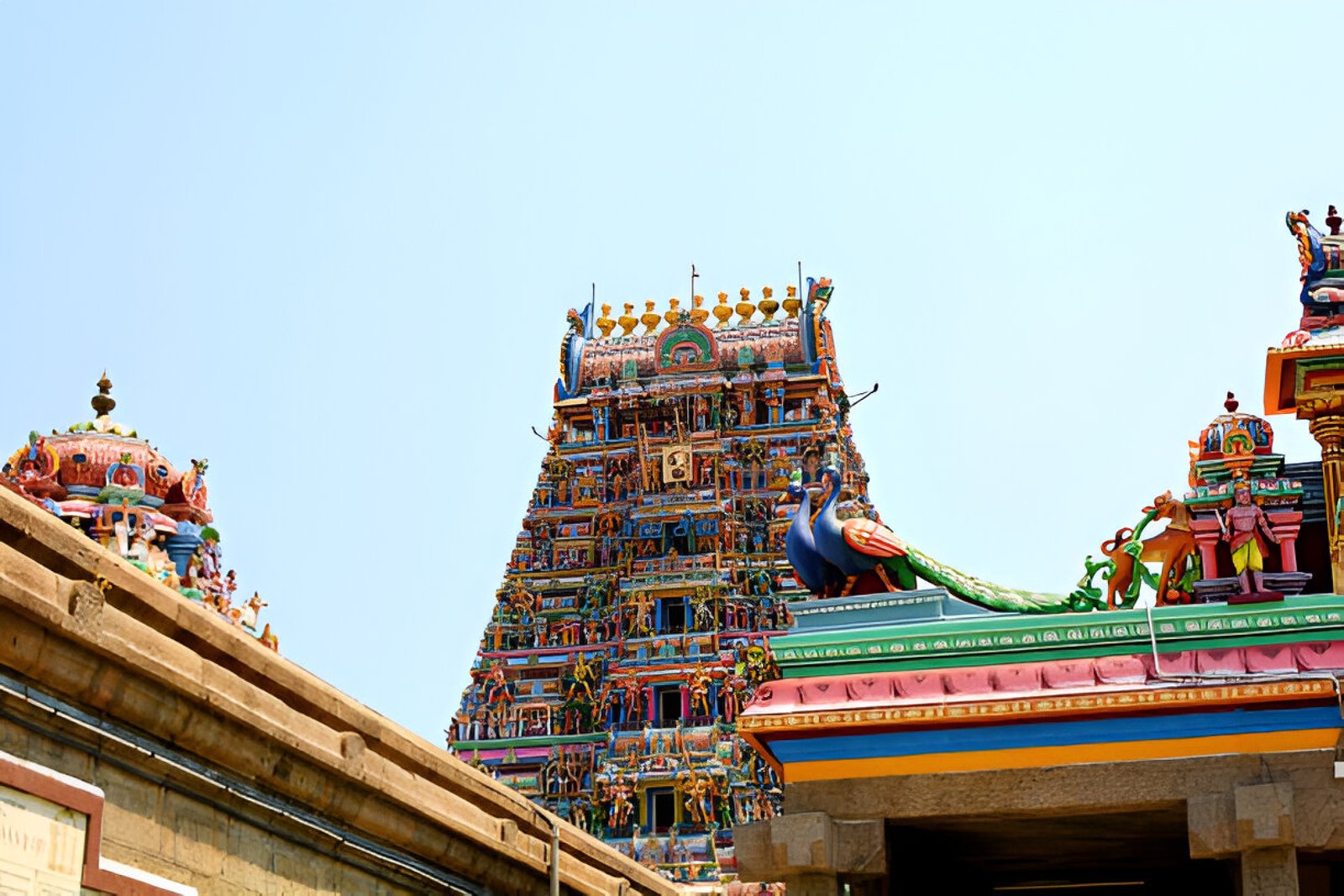
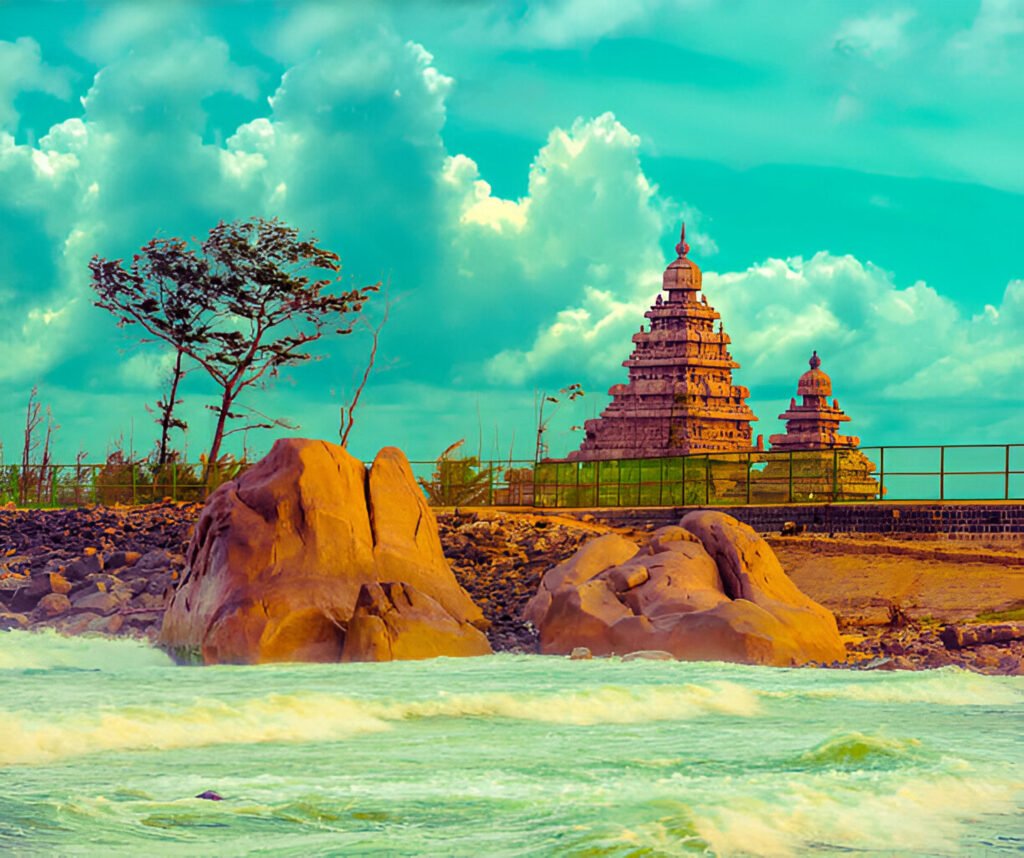

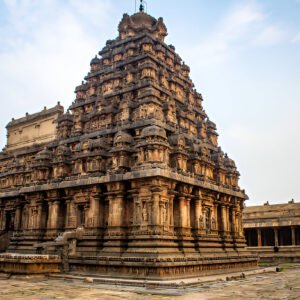

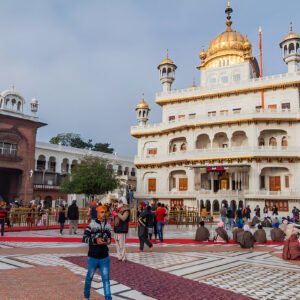
Reviews
There are no reviews yet.